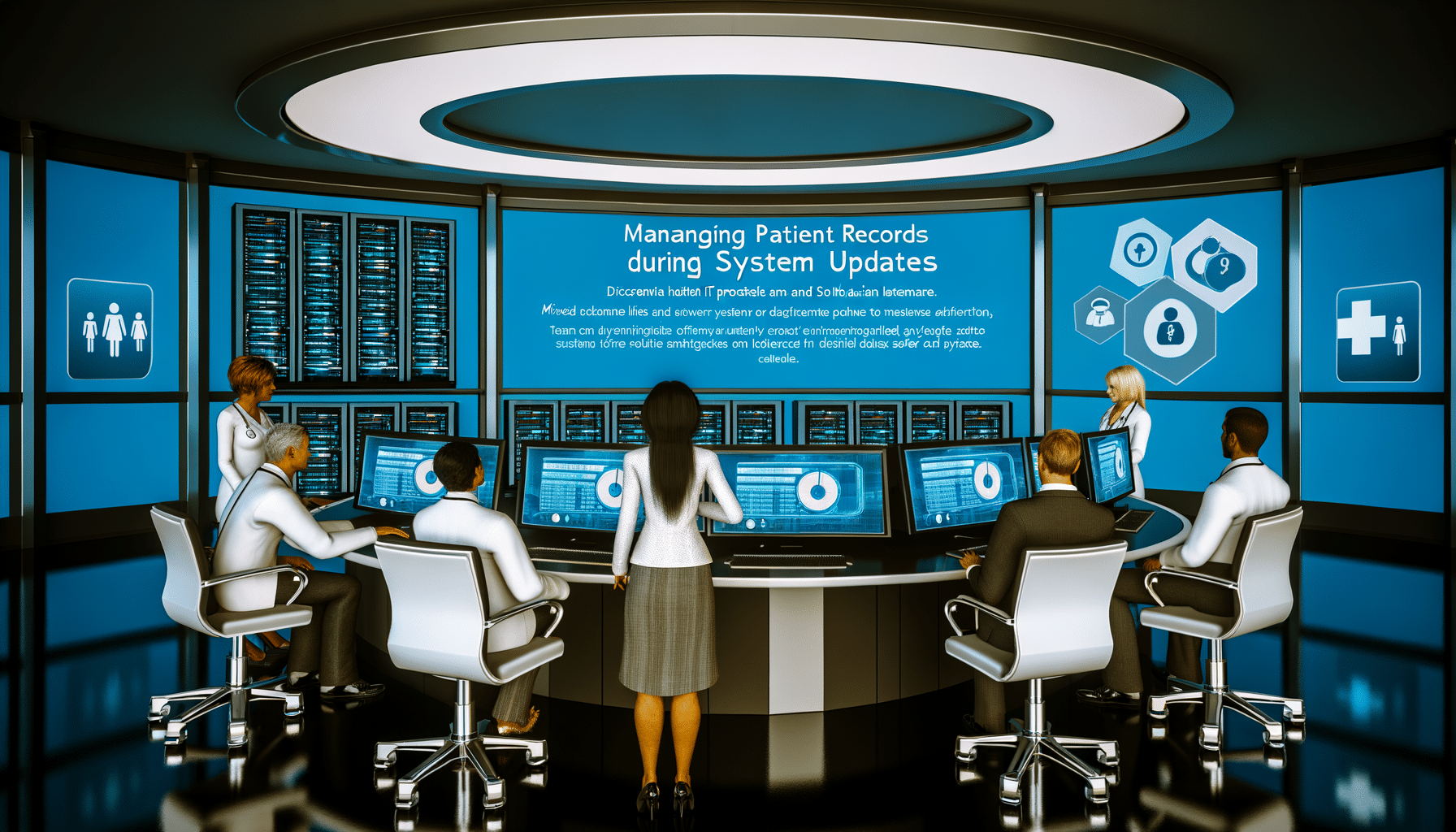In the ever-evolving healthcare landscape, one of the most critical aspects of managing patient records is ensuring both their accuracy and security during system updates. Every institution, from small clinics to sprawling hospitals, must navigate the dual challenges of keeping their records secure while updating their systems to align with the latest technologies. As I delve into this often overlooked yet crucial task, my aim is to guide you through the complexities and provide insights for streamlined and secure management.
Understanding the Importance of System Updates
System updates are pivotal in healthcare, providing enhancements that can offer everything from improved user interfaces to tighter security measures. These updates are the backbone of operational success, ensuring that healthcare providers have access to the latest in medical technology and cybersecurity. However, even with these benefits, updates can be disruptive—especially when patient records are involved.
Maintaining up-to-date systems is not just about adopting new features. It’s about ensuring that all records remain accessible and that ongoing operations continue without a hitch. The combination of enhanced security and new functionalities is crucial in both safeguarding sensitive health information and boosting productivity among healthcare providers.
Challenges in Managing Patient Records During Updates
When it comes to system updates, often the biggest challenge lies in managing legions of patient records. Records must remain intact, retrievable, and accurate throughout the update process. Failing to do so could disrupt patient care, lead to data breaches, and potentially incur legal liabilities. Here are some common challenges:
Strategies for Effective Record Management During Updates
Over time, and through numerous implementations at RecordsKeeper.AI, I’ve learned a few strategies that can turn system updates from a burden into an opportunity for enhancement. Here are some key approaches:
Pre-Update Preparations
Before you begin updating, take the following steps:
During the Update
While the updates are processing, it is imperative to have procedures in place that can handle potential glitches:
Post-Update Assessment
After the update is complete, there’s work to be done to measure success:
The Role of AI in Streamlining Record Management
Incorporating AI tools into healthcare management transforms updates from a looming threat into an exciting prospect. AI’s ability to automate categorization and retrieval means that even during system updates, you can have assurance in data accessibility and organization.
The integration of AI-based solutions with records management systems ensures that healthcare professionals spend less time navigating through cumbersome update processes and more time delivering exceptional patient care. At RecordsKeeper.AI, we’ve harnessed the capabilities of AI to provide seamless records management, ensuring minimal disruption even when systems are in transition.
Conclusion
Efficiently managing patient records during system updates is a vital component not only for operational efficiency but also for maintaining patient trust. By adopting strategic preparations and leveraging advanced technology such as AI, healthcare providers can ensure the continuity of care and uphold the highest standards of data security.
Let’s not view system updates as mere tech chores. Instead, embrace them as opportunities to improve the systems that underpin our healthcare infrastructures. Together, we can ensure that the bridge between technology and patient care is not just crossed but optimized for the future. For deeper insights and innovative solutions, stay connected with our journey at RecordsKeeper.AI—visioned and crafted to drive healthcare advancements.








